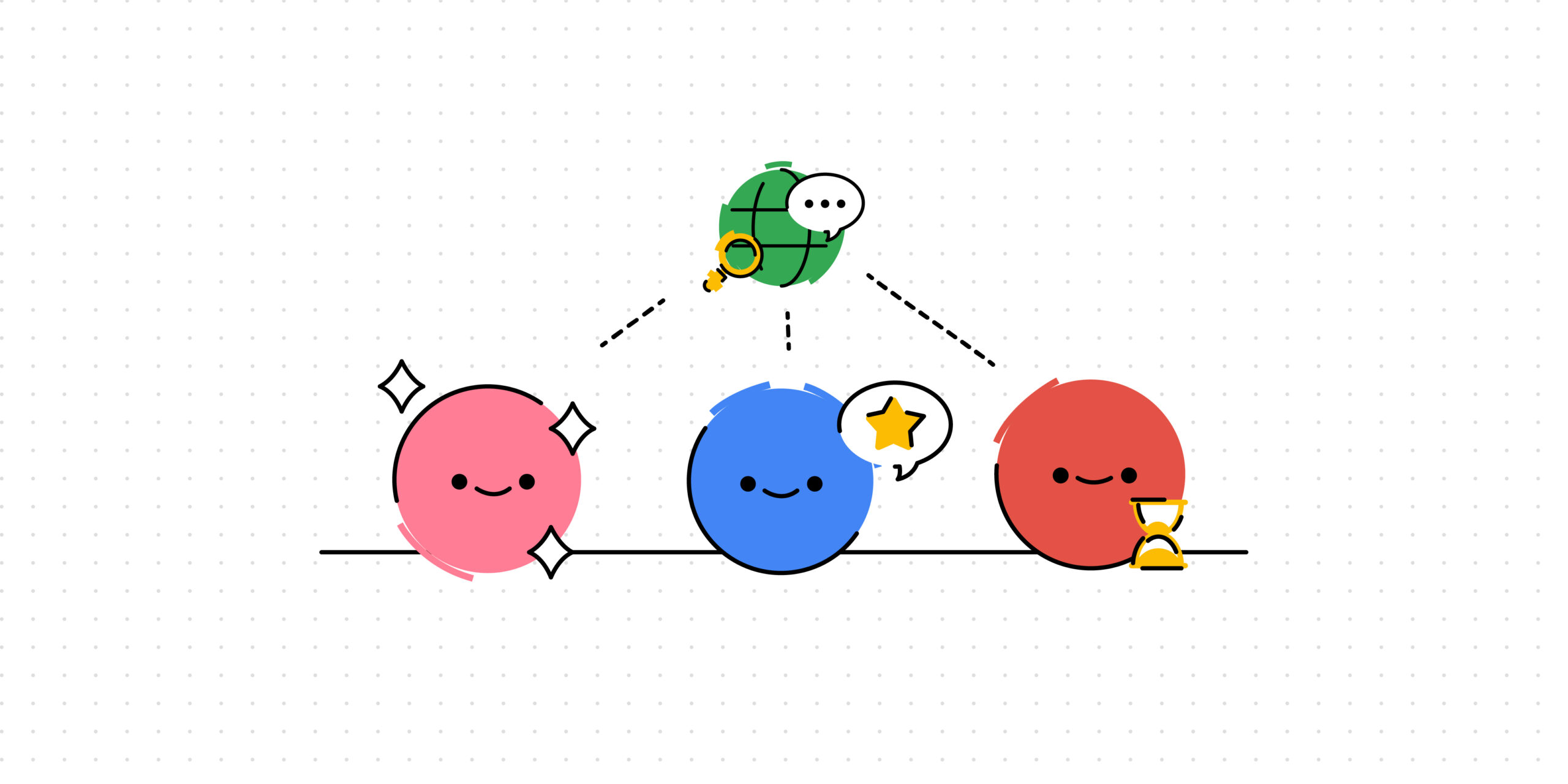Today, building a high-performing remote team often means working across borders, time zones, and, perhaps most importantly, cultures.
For many Western clients and managers in the U.S., U.K., or Australia, collaborating with remote teams in Southeast Asia (especially the Philippines) and Latin America (notably Colombia) can surface unexpected challenges. These aren’t about skills or commitment, but about how we think, communicate, and work.
A key concept that often explains these differences is the contrast between inductive and deductive thinking, and how it plays out in high-context and low-context cultures.
Inductive vs. Deductive Thinking: What’s the Difference?
In The Culture Map, Erin Meyer describes how cultures tend to fall on a spectrum when it comes to reasoning:
- Deductive thinkers start from a general principle and move toward specific applications. This is common in low-context cultures like the U.S., Australia, and Germany. People expect the “why” first, followed by the “how.”
- Inductive thinkers, by contrast, start with specific examples, experiences, or observations and draw general principles from them. This style is prevalent in high-context cultures like the Philippines, Colombia, Japan, and much of Southeast Asia and Latin America.
In practice, this difference can shape everything from how instructions are understood to how feedback is received.
Example: A U.S. manager may give a general principle (“Let’s increase customer satisfaction through better service touchpoints”) and expect the team to apply it.
A Filipino or Colombian employee may look for concrete examples first before understanding the broader principle, and may wait for more detailed, specific instructions to feel confident moving forward.
High-Context vs. Low-Context: The Communication Divide
These thinking styles map closely to communication patterns described by cultural researchers like Edward Hall. High-context cultures (e.g., the Philippines and Colombia) rely on shared understanding, tone, body language, and implicit meaning. Low-context cultures (e.g., U.S., and Australia) prefer direct, explicit, and unambiguous communication.
This creates friction in remote settings. For example:
- A Colombian employee might hesitate to say “no” directly, instead using soft language or silence, which may confuse an American manager.
- A Filipino team member might not speak up in a group call, not because they’re disengaged, but because it’s culturally respectful to defer to authority or seniority.
Common Pain Points
These cultural mismatches aren’t just theoretical. Research and experience show recurring pain points:
- Lack of initiative misinterpreted. A manager might perceive that a Filipino or Colombian employee isn’t taking initiative, when in fact, they’re waiting for clearer guidance, rooted in an inductive approach and respect for hierarchy.
- Misaligned feedback styles. In the West, direct feedback (even negative) is normal. But in high-context cultures, blunt criticism can be seen as disrespectful. Employees may feel demoralized without understanding the intent.
- Miscommunication on tasks. Western managers may assume their instructions are clear, while their staff may need more context, background, or examples to fully grasp the task.
What Managers Can Do
To improve collaboration and avoid frustration, managers can:
- Be explicit, but kind. State expectations clearly, provide examples, and avoid assuming shared understanding.
- Encourage questions. Create a safe space where team members can ask for clarification without fear.
- Balance feedback. Use a “feedback sandwich” (positive-negative-positive) approach, and avoid overly blunt comments.
- Learn the context. Understand cultural norms about hierarchy, communication, and initiative. Erin Meyer’s The Culture Map and guidance from Filta can help.
What Employees Can Do
Filipino and Colombian professionals can also adapt to make collaboration smoother:
- Ask clarifying questions. Western managers appreciate initiatives and won’t see this as incompetence.
- Summarize back. Restating tasks in your own words can ensure alignment.
- Communicate progress regularly. In low-context cultures, silence is often seen as a red flag.
Building a Bridge with Cultural Intelligence
As highlighted in a Harvard Business Review article, cultural differences can make or break international collaboration. But with awareness and the right approach, they can become strengths.
At Filta, we help Western businesses build effective and fulfilling relationships with talent in the Philippines and Colombia. We educate, empower, guide, and support enabling teams to collaborate across cultural lines.
Whether it’s through curated cultural resources, tailored onboarding experiences, or ongoing coaching, Filta helps:
- Managers better understand their team’s communication and reasoning styles.
- Employees express themselves more clearly and confidently in remote and cross-cultural setups.
We don’t just help you find the right people, we help you connect with them in ways that make work easier, better, and more human.
Final Thoughts
Understanding the difference between inductive and deductive ways of working, and how they relate to cultural and communication styles, is essential.
By recognizing these dynamics, Western managers can better lead, support, and empower their global teams. And global employees can rise with confidence, knowing how to communicate, contribute, and grow.
In a world where work knows no borders, cultural intelligence is the bridge to success.
Explore more global workforce cultural insights by visiting filtaglobal.com.





